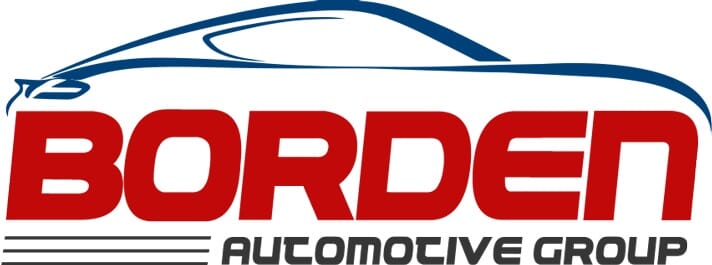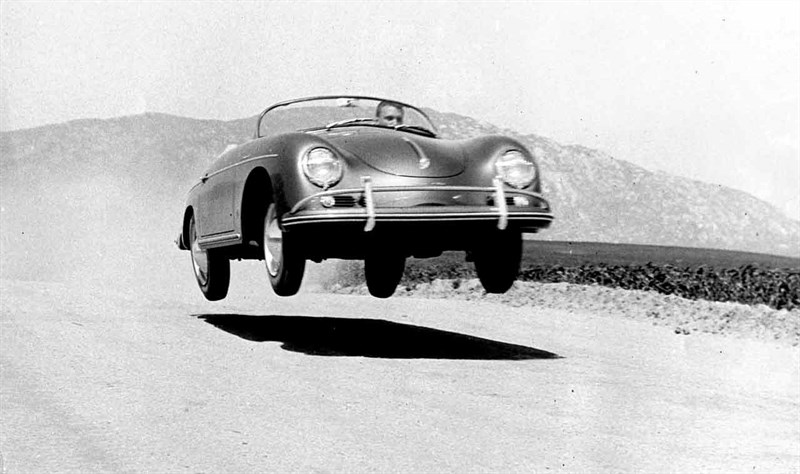Demystifying Bring a Trailer
You have probably heard of Bring a Trailer, BaT for short, and wondered what it is, how it works, and how it differs from in-person auctions. I think it comes down to four key areas; a worldwide audience, a 24x7 marketplace, a 700,000-user community, and a reasonable fee structure.
The history of BaT: Bring a Trailer was founded in 2007 by Randy Nonnenberg and Gentry Underwood as a blog to share with friends the cool cars they found on eBay (classified ads, auto trader, etc.). It quickly gained traction and viewership expanded to car enthusiasts of all types. Per an NYTimes article “Sellers whose vehicles were sold on his blog sent the fledgling start-up a small check and closed the deal with an online handshake.” “It wasn’t a very buttoned-up operation,” Mr. Nonnenberg said. Even so, the site’s clicks, comments, and buyers grew. “We separated ourselves by careful selection,” Mr. Nonnenberg said. “We made sure every car was interesting.” https://www.nytimes.com/2020/03/05/business/bring-a-trailer-classic-car-auctions.html
Membership swelled and soon users requested the ability to buy cars through BaT. In July 2014 the online auction portal launched. The first three cars listed on BaT were a 1970 “Boss” Mustang, a 1991 BMW M3, and a 1964 Alfa Romeo coupe. A framed picture of those cars is proudly displayed in the BaT San Francisco office. By 2014 the BaT community had grown tremendously and it is this community that is the backbone of BaT’s success. BaT’s knowledgeable membership of more than 700,000 strong, and over 300,000 registered bidders, vets each listing so potential buyers can bid with confidence.
This winning recipe has resulted in over 83,000 auction listings on BaT to date. Per Bloomberg “In 2021 the online car auction site sold $828.7 million worth of cars, a 108% gain over the $398 million it sold in 2020—and a full quarter billion dollars ahead of its closest live-auction-house competitor. The news soundly beats the $578 million in total sales Mecum Auctions reported on Dec. 28. It’s more than double the $407 million in total auction sales RM Sotheby’s reported for 2021. Further down the list, Barrett-Jackson confirmed annual sales of $191 million for 2021 while Gooding & Co. raked in $150 million. Online auctions eclipsed live auctions for the first time ever in 2021, with 20,000 cars sold online versus 16,000 cars sold live across North America, according to data from the classic car insurer and data firm Hagerty. Online car sales across the board were up 107% year over year, moving from $492.5 million sold in 2020 to $1.02 billion sold in 2021, said Hagerty’s Kevin Fisher.” https://www.bloomberg.com/news/articles/2022-01-07/bring-a-trailer-sold-829-million-in-cars-in-2021-walloping-auction-houses
So how does a BaT auction work? Bring a Trailer carefully curates every auction listing. Sellers can submit their cars, but not every vehicle is approved to be listed on BaT. To start the listing process the seller fills out a lengthy questionnaire, submits detailed photos, uploads service records, and can request a reserve for their vehicle. Some sellers may opt for a no-reserve auction, as they feel it can create excitement and pull in bidders - but this does come with some additional risk. Only the seller and BaT know the amount of a given listings reserve. The reserve amount is not public information.
At this point, BaT reviews the listing submission, and if approved, the seller pays the $99 fee. BaT then places the vehicle in the queue pending the assignment of an Auction Specialist, who then writes the first draft of the listing to be reviewed by the seller. The seller and BaT continue the listing draft process until the seller “accepts” the listing. This step can take up to 30 days or more. BaT is very specific about how the vehicle descriptions and auction listings are written, which photos are used in the main narrative, and how a vehicle is described for overall site continuity. They don’t allow fluffy marketing terms or wide-sweeping statements, such as “the best in the world” or “you won’t find one cleaner”. They are all about facts and vehicle specifics.
Once an auction listing is through the drafting process and approved by the seller, the Schedulers take over and they determine when the auction will go live. They are careful not to flood the site on a given day with too many similar vehicles. Typical BaT auctions run 7 days. Each auction listing has a comments section that can truly shape the outcome of the auction and they can also be very entertaining! The seller is expected to answer questions, and post videos such as a “cold start”, “walk around” and a “driving” video. With over 700,000 registered community users you can count on them to ask clarifying questions, point out issues, or provide colorful commentary. This is where the seller needs to be very attentive and monitor their auction carefully so that it doesn’t “go off the rails or down a rabbit hole”. The key is well-thought-out, factual, unemotional, and timely responses.
BaT auctions usually experience a slow build of bids throughout the seven-day process, but it is in the last 30 minutes, or less, that things really take off and get exciting. We have seen the bidding jump up $30K in the last 15 minutes on a vehicle that in the end sells for $65K. The beauty of a BaT auction is that sniping is not possible. Sniping was something that plagued eBay auctions and it infuriated bidders and sellers. One could use software to bid in the last few microseconds to be the final bidder and win an auction. To eliminate sniping on BaT an auction may be set to end at 11:30 AM, but if bidding continues then the clock continues to reset to two minutes after each bid, to allow interested parties time to place another bid if they choose. The process of adding two minutes to the auction clock continues until an uninterrupted two minutes go by with zero additional bids and the auction ends. At that time the system tool checks the final bid amount against the vehicle’s reserve and if met, the vehicle is marked sold. If the reserve is not met then the auction will be marked “Bid To” and the high bid amount, and the seller and high bidder will be put in contact with each other.
Circling back on the topic of reserves - Once the auction is nearing the seven-day end the seller needs to carefully consider their reserve amount. Being honest with yourself about the bottom dollar that you are willing to accept for your vehicle before you are caught up in the emotion of the last 30 minutes of the auction will help you tremendously. You can adjust the reserve amount with a few keystrokes and if your vehicle is nearing the amount you are willing to settle for, it may be best to lower the reserve. If the auction ends, and the reserve is not met, you lose all leverage as a seller. Remember the auction community does not know your reserve, nor will they know that you have lowered it. Yes, you are put in contact with the high bidder but remember, they have no skin in the game and you have no leverage as the market will have spoken as to the value on that day, on that given vehicle, and the bidder knows it.
Another key area that sets BaT apart from traditional auction houses is its affordable fee structure. The BaT seller and buyer fees are vastly different vs. traditional auction houses who can make up to 20% between seller commissions and buyer premiums to sell a car at auction. BaT sellers pay $99 regardless of the value of their vehicle and buyers pay a 5% buyer’s fee, capped at $5,000. Note that a hold is placed on the bidder’s credit card when a bid is made during the auction. If they win the auction the buyer’s credit card is charged immediately for the buyer’s fee and if they fail to complete the purchase they forfeit their buyer’s fee and may be banned from the BaT platform.
Sounds simple enough? Potentially, but the devil is really in the details and when done correctly the process leading up to submitting the BaT listing request is where most of the hard work takes place. When deciding to put your car on BaT a decision has to be made if you go it alone or hire a specialist with experience in BaT auctions. Some car owners are well versed in the subtle details of listing and selling a car on such sites, and willing to put in the significant number of hours required for determining the car’s condition, car preparation, document organization, documenting the vehicles history, accurate valuation, photography, and auction management. Others may choose to hire a professional who has been through the process several times and has learned what works and what does not to have an excellent result. A skilled consignor who is familiar with the process should increase the net return for the seller markedly. As a matter of fact, the gain realized by entrusting the sale of their special car to a professional should very well cover their fee, if not increase the net result for the seller. A seller should do their homework in checking the consignor’s reviews and sales results, comparing the selling price of their vehicles to similar ones, and what their percentage of successful sales are.
David and I are a husband and wife team with a deep passion for cars and photography. Running a boutique dealership has created an excellent opportunity to have a fun and interesting sunset career after our exit from the corporate world. David started Borden Automotive Group in 2016, and in the last few years, we have focused nearly 100% on online auction consignments and have developed what we feel is a successful process to net great results for our customers. At the writing of this blog, we have closed 25+ successful auctions, with 100% sell-through on Bring a Trailer, valued at over $1.7M, and this success is fueled by careful preparation, presentation, and listing management. If you are interested in learning more about our services, please feel free to contact us at [email protected] or [email protected]. You can view our BaT auction page at https://bringatrailer.com/member/bordenag/


